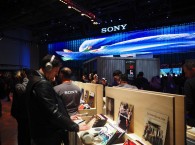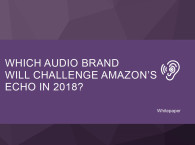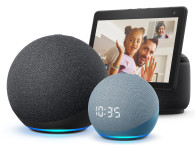APAC leads the way, with North America and Western Europe in recovery.
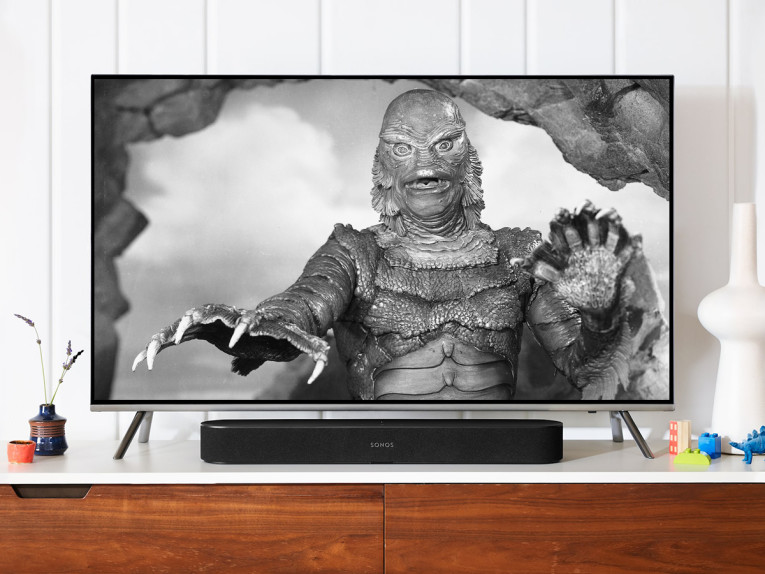
This outcome contradicts industry interviews carried out in March and April, which unanimously suggested Q2 would be significantly worse than Q1. As well as the market growing quarter-on-quarter, volume has also outperformed Q2 2019. Futuresource's worldwide home audio quarterly tracks sales of wireless speakers, smart speakers, soundbars and hi-fi systems.
"Our findings show the category was hit hard in April, as expected, but that was followed by a convincing return to strength in May and June," says Guy Hammett, Market Analyst at Futuresource Consulting. "As with Q1, there have been some widely varying regional differences. Asia Pacific has led the rebound, driven by a strong performance from China, as life there regained a sense of normality in Q2. North America and Western Europe are also outperforming many other regions, with extensive government interventions cited as the primary contributor to the strong performances in these economies."
Volume outperformed value, as consumers focused most of their attention on entry-level models, securing bargains and getting a good deal. This was particularly true for soundbars, which received a boost from the video entertainment boom during lockdown, yet most of the major soundbar vendors have reported stronger sales for lower-end products.
Soundbars Segment
According to the Futuresource's latest Quarterly Report, more consumers than ever before are augmenting their TV sound, with shipments of soundbars increasing 5% last year to reach 18.8m units. Value grew even quick at 6% with consumers increasingly willing to spend more on feature-rich soundbars boasting better audio quality and enhanced features.
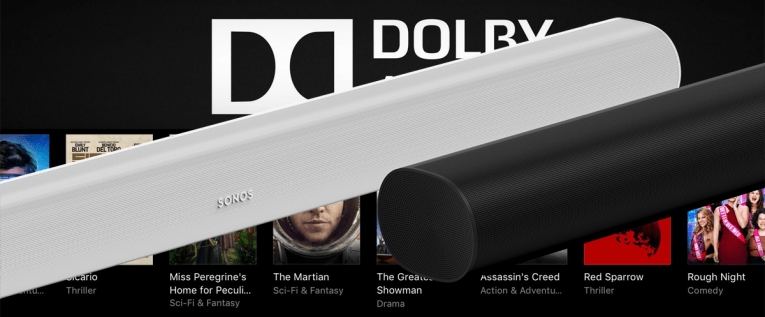
Sales of Dolby Atmos soundbars rocketed up 126% compared to 2018 with this technology, and similar technologies such as DTS:X, becoming common in high-end soundbars. The majority of the major international soundbar vendors now boast at least one model with 3D audio technology, and demand is set to continue to grow dramatically in the coming years as more and more vendors release models at mass market price points.
Soundbars with built-in voice technology are another rapidly growing area, although this market is dominated by the Sonos Beam model for now. While this model has undoubtedly been a resounding success for Sonos, Futuresource doubts that built-in voice technology is the key factor behind the Beam’s success. Sonos is a brand with a strong reputation for quality and, this model was the first soundbar from Sonos at a relatively mass market price point and it’s likely that the opportunity to obtain an extremely well-reviewed device from a high-end vendor at an affordable price can explain much of the Beam’s success.
Nonetheless, consumer research does show high usage of voice among smart soundbar owners. Many of these are likely to come to rely on this technology and most will therefore look for another soundbar with voice technology when replacing their current device in the future.
This, combined with scheduled releases from many of the major vendors, means that the smart soundbar market is set to continue growing steadily in the future even though voice technology won’t drive incremental soundbar sales as it has for wireless speakers.
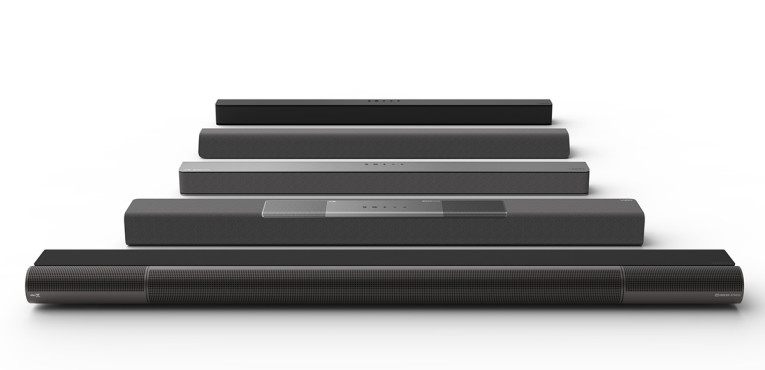
Soundbars are well positioned to benefit from the explosion in video watching, with established video streaming vendors, such as Netflix and Amazon Prime, and relative newcomers, such as Disney, reporting impressive subscription growth as consumers watch more and more hours of content while in lockdown. Sales are forecast to decline slightly for full year 2020 as the economic impact gathers pace, but this slight decline is better than many other consumer electronics categories and the longer term Post-COVID outlook remains upbeat.
Smart Speakers Dominate
Smart speakers continued to dominate the landscape, appealing to consumers on a number of levels and achieving double digit year-on-year growth. Not only are smart speakers generally low cost and designed for in-home use, which makes them suited to the current climate, but they are also predominantly bought online and have been able to side-step the fallout from physical retail closures.
The Bluetooth speaker category experienced a volatile quarter, with a marked drop in sales in April, followed by a moderate recovery in May and a strong performance in June. As these devices are suited to outdoor use, it is no surprise that they were not seen as a priority during lockdown. However, sales have picked up as lockdowns have eased around the world, and early indications for Q3 also show promise.
"Looking to the brands, smart speaker vendors continue to capture share and dominate the overall home audio market," says Hammett, "Tech giants such as Amazon, Google, Baidu, Alibaba and Xiaomi are crowding out the traditional audio brands, with JBL the only audio brand to gain a position in the top five based on unit brand share."
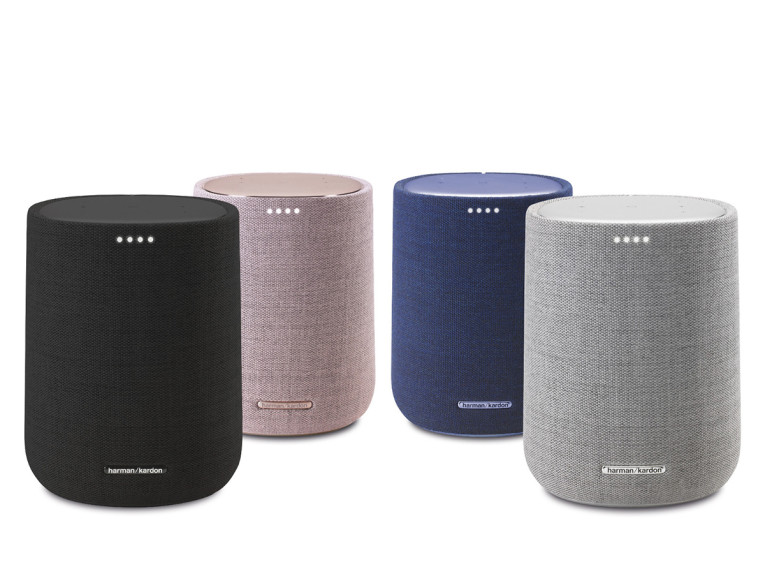
Futuresource+s Wireless Speaker Quarterly Report indicates that demand for wireless speakers grew a further 27% in 2019 to hit a record high of 157m units. This growth was driven by speakers with built-in voice technology which saw another great of strong growth at 60%. Conversely those devices without voice grew just 1%.
China was the star performer last year with growth booming at 146% to account for 35% of all smart speaker shipments. It will overtake the US to become the largest smart speaker market in 2020.
Smart displays, a subset of smart speakers, are the hot home audio product at the moment, shipments grew 373% in 2019 and an even more impressive 457% in Q1 2020. These devices offer a huge range of functionality beyond just audio playback at a time when we are all spending much more time indoors. Key use cases include; short and long form video watching, use as a kitchen assistant, video calling and e-learning. This market is, however, dominated by the tech giants Amazon, Google, Baidu, Alibaba and Xiaomi and it will likely be extremely difficult for traditional audio brands to gain traction.
While demand for non-smart speakers was much flatter year-on-year there remain bright spots in this market, most notably wireless party speakers. These are high-powered Bluetooth speakers with party features such as DJ and lighting effects, and despite comprising just a small part of the total wireless speaker market growth is booming at 85% last year.
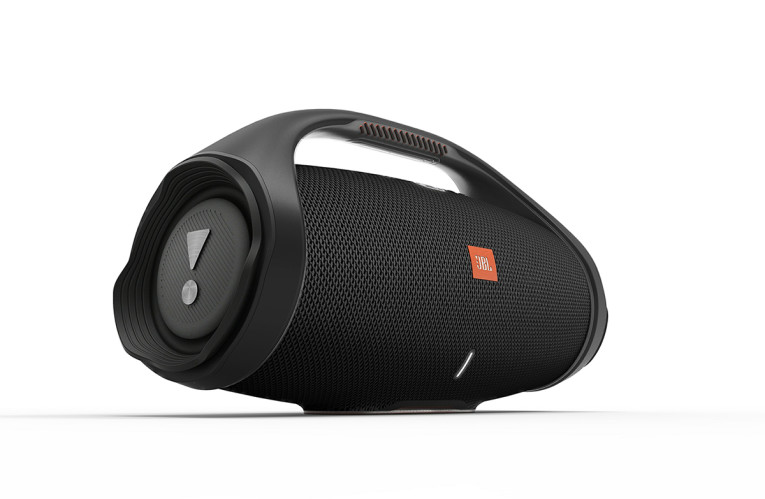
Wireless speakers are set to be one of the better performing consumer electronics categories despite the impact of COVID-19, with volumes set to grow albeit less than previously expected. Most of this growth is driven by smart speakers, which remain attractive due to the indoor use case and low prices on offer from the tech brands.
Shipments of non-smart speakers slumped dramatically in Q1 and April, and although there was been a fairly strong recovery in May and certainly June, the expectation is that sales will continue to fall compared to 2019.
For more information on the worldwide home audio quarterly tracker from Futuresource, contact Jack Tammaro via email.
www.futuresource-consulting.com


